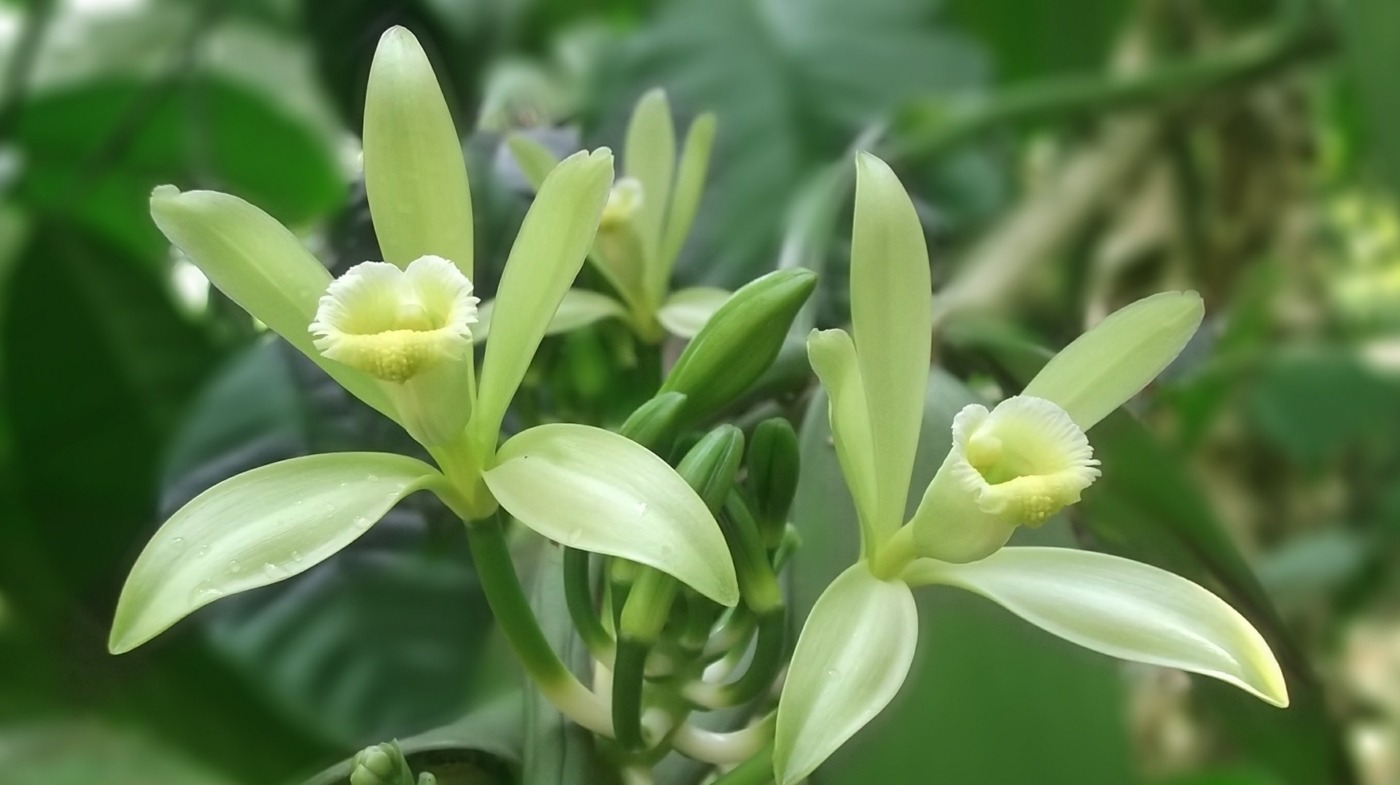Scientists convert used plastic into vanilla flavouring
It’s well-documented that Earth is in the middle of a plastic waste crisis – approximately 50 million tons of polyethylene terephthalate (PET) waste is produced annually, largely down to food and drink packaging. Scientists have been looking for ways to cut down on this waste and help reduce its impact on our planet, and a study for Green Chemistry may have an interesting solution – it is now possible, using genetically-modified bacteria, to convert plastic waste into vanilla flavouring. It’s fascinating science, and the financial and environmental impacts could be significant.
Dealing with plastic bottles will be a key challenge when fighting climate change – about one million bottles are sold every minute around the world, but just 14% are recycled. Currently, the bottles that are recycled can only be turned into opaque fibres for clothing or carpets, but these processes continue to contribute to plastic pollution and it still leaves us with around 50 million tonnes of PET waste produced annually. These plastics lose about 95% of their value after a single use, so the ability to upcycle them into more lucrative materials could make the recycling process far more attractive and effective.
It is now possible, using genetically-modified bacteria, to convert plastic waste into vanilla flavouring
Previous studies have demonstrated that it is possible to break down plastic bottles made from PET into its basic subunit, known as terephthalic acid (TA). This is where the team from the University of Edinburgh came in – they have discovered that E. coli bacteria can be “deployed” in order to convert TA into vanillin. Vanillin is the main component of extracted vanilla beans, and it’s responsible for vanilla’s signature taste and smell – it has a very similar chemical composition to TA, and so the engineered bacteria only needs to make minor changes to the number of hydrogen and oxygens that are bonded to the same carbon backbone.
The researchers mingled their E. coli with TA and kept them at room temperature for a day, in roughly the same conditions used for brewing beer. After process optimisation, around 79% of the TA was converted to vanillin, and the team believes it may be possible to further improve the bacteria to increase this percentage. They believe that this vanillin would be fit for human consumption, but further experimental tests are required.
Joanna Sadler, first author and BBSRC Discovery Fellow from the School of Biological Sciences, University of Edinburgh, said: “This is the first example of using a biological system to upcycle plastic waste into a valuable industrial chemical and this has very exciting implications for the circular economy. The results from our research have major implications for the field of plastic sustainability and demonstrate the power of synthetic biology to address real-world challenges.” Stephen Wallace, also of the University of Edinburgh, said: “Our work challenges the perception of plastic being a problematic waste and instead demonstrates its use as a new carbon resource from which high value products can be made.”
“Our work challenges the perception of plastic being a problematic waste and instead demonstrates its use as a new carbon resource from which high value products can be made.”
Why does this matter? Most immediately, we have a shortage of vanillin – it’s found in a wide variety of food, cosmetic, pharmaceutical, cleaning, and herbicide products, and the demand is growing. In 2018, the global demand was about 40,800 tonnes, and is expected to grow to 65,000 tonnes by 2025 – both numbers “far exceed” the vanilla bean supply. It is possible to synthetically produce vanillin – indeed, about 85% of vanillin is currently synthesised from chemicals derived from fossil fuels – and this new experiment gives us another way to do that.
It’s clear, too, the potential green applications of this work. Bottles are the second-most common type of plastic pollution in the oceans, and this revolutionary work gives us a possible way of dealing with them. As Ellis Crawford, of the Royal Society of Chemistry, notes: “This is a really interesting use of microbial science to improve sustainability. Using microbes to turn waste plastics, which are harmful to the environment, into an important commodity is a beautiful demonstration of green chemistry.”

Comments